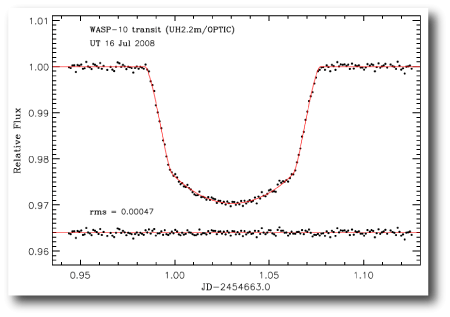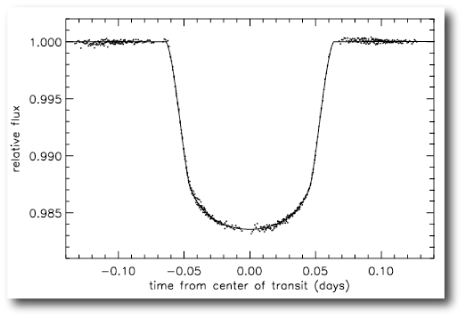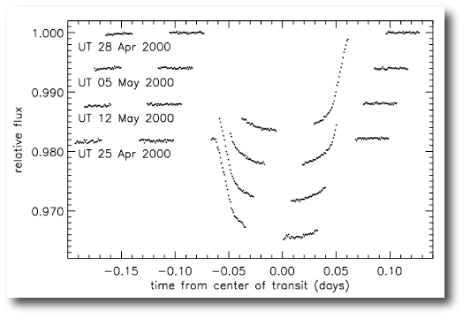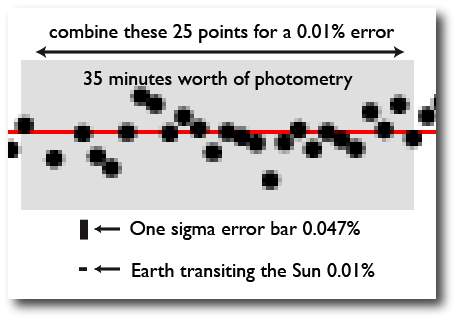
As anyone who’s used the systemic console knows, the numerical integration of planetary orbits is aggravatingly slow. For modern-day dynamicists, endless pages of algebra are often a thing of the past. Now it’s “hurry up and wait” while the computers grind through the integrations.
If you’re charting the courses of planets that have negligible planet-planet gravitational interactions, then life runs at interactive pace. Instead of integrating 6N coupled ordinary differential equations, you need only solve Kepler’s equation, M = E – e sin E, which parameterizes the position of the planet on its ellipse as a function of time.
In an era of environmental and economic collapse, solving M = E – e sin E for E doesn’t seem like a big problem. Simple iteration, for example, works quite well. Remarkably, however, as pointed out by Peter Colwell in his 1993 book Solving Kepler’s Equation Over Three Centuries, there have been scientific papers written about Kepler’s Equation and its solution in every decade since 1650. From the synopsis of Colwell’s book:
The sole subject of our work is Kepler’s Equation (KE) M = E – e sin E . In its narrowest form, the Kepler problem is to solve KE for E , given M in the interval and e in the interval [0,1]. In virtually every decade from 1650 to the present there have appeared papers devoted to the Kepler problem and its solution. We can see from a list of them that the problem has enticed a wide variety of scientists to comment on or involve themselves in its solution.
It is surely not unique in science for a specific problem to be given so much attention over so long a period–particularly if it resists solution, if its partial solutions are inadequate or unsatisfactory, or if it is recharged with new interpretations and new applications. Still, it is curious that the Kepler problem should have continued to be this interesting to so many for so long. Admittedly it is a problem central to celestial mechanics, but it is a technical little problem for which a number of satisfactory solutions are long known. With the advent of calculators and computers, there is no impediment to achieving quick solutions of great accuracy. The problem has neither the broad appeal of an Olbers Paradox, nor the depth and intractability of a many-body problem.
In common with almost any scientific problem which achieves a certain longevity and whose literature exceeds a certain critical mass, the Kepler problem has acquired an undeniable luster and allure for the modern practitioner. Any new technique for the treatment of transcendental equations should be applied to this illustrious test case; any new insight, however slight, lets its conceiver join an eminent list of contributors.
Perhaps the most influential article of the 1990s that touches directly Kepler’s equation is Wisdom and Holman’s 1991 paper that describes the N-body map. The basic idea is that the trajectories of interacting planets can be divided neatly into a part consisting of Keplerian motion, and a part consisting of the derangements brought on by the interplanetary gravitational tugs. A Wisdom-Holman integration avoids forcing the computer to continually rediscover Kepler’s ellipse, reducing much of the integration to repeated numerical evaluations of Kepler’s equation. For orbital integrations that don’t involve close encounters, this trick leads to an order-of-magnitude speed up. N-body maps have made it possible to (for example) readily integrate the motion of the solar system planets for the lifetime of the solar system.
As the first decade of the new millennium starts to draw to a close, I was pleased to see that the 350+ year tradition is continuing. In a recent astro-ph posting, Eric Ford shows how graphics cards can be commandeered to implement highly parallelized numerical evaluations of Kepler’s equation. Using mixed-precision arithmetic, he shows that graphics cards can offer a speed-up of a factor of ~600 over console-style evaluations of M = E – e sin E that use the regular ‘ol CPU. Having the clock hands move 600 times faster really brings Markov Chains to stochastically vibrant life.
And the 2010s? I think quantum computation might turn the order N^2 N-body problem into an order-N computation (see this post). That’ll free up the GPUs so that everyone can get back to playing Grand Theft Auto.







